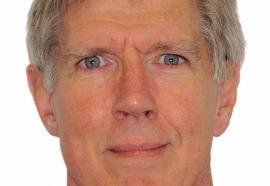Viewpoint: In Defense of Markets
The latest resistance to deregulation is built on a foundation of lies.
A motley assortment of naysayers and recalcitrants continue to oppose competitive electricity markets around the world. But the alternative to markets is centralized command economics—a discredited concept that deserves to be consigned to the dustbin of history.







